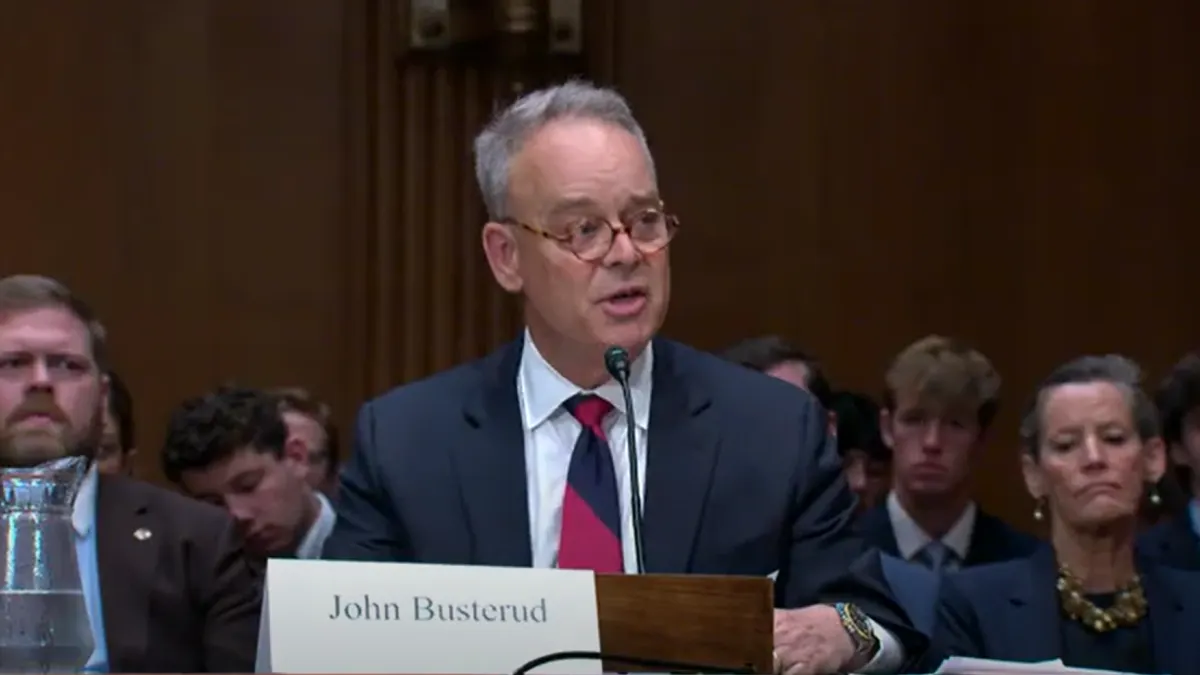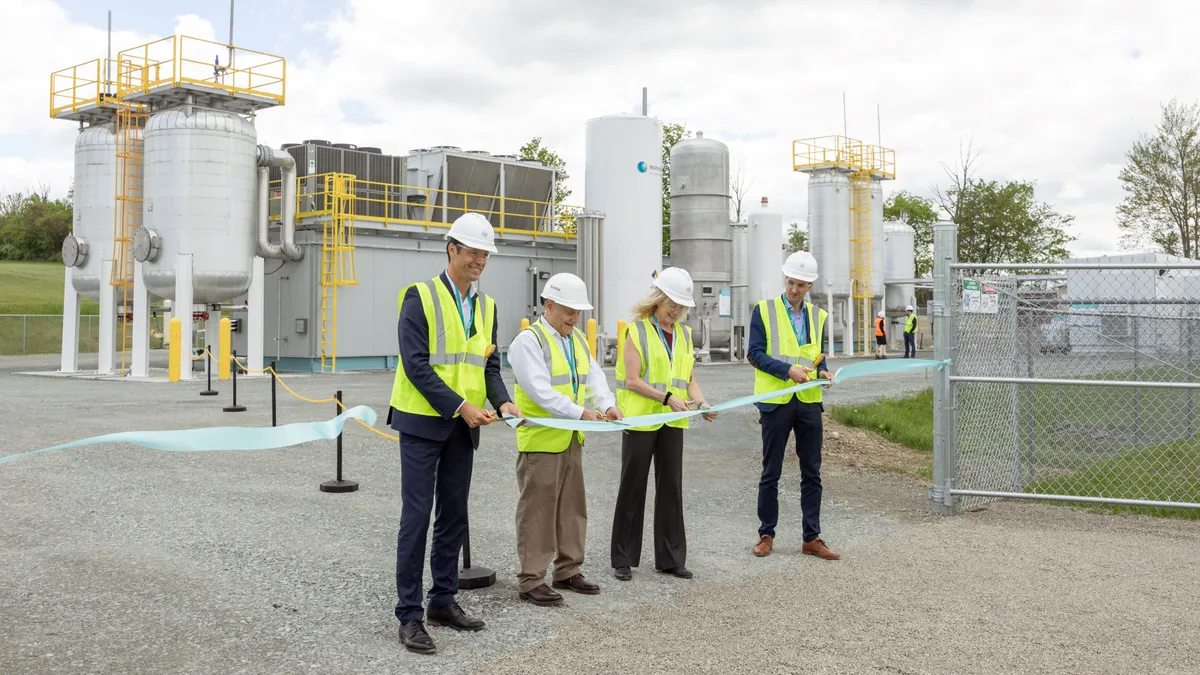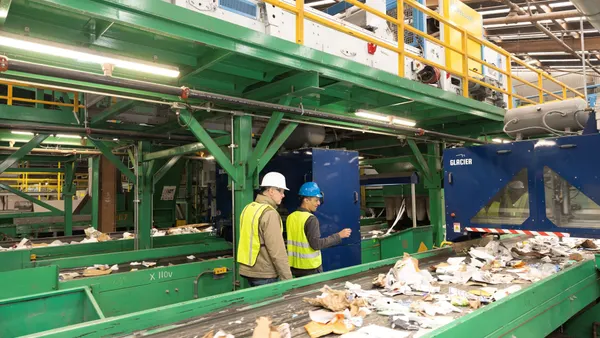The vast majority of U.S. incinerators are located in the country's most marginalized communities, according to new research from the Tishman Environment and Design Center at the New School.
The report, which was commissioned by the Global Alliance for Incinerator Alternatives (GAIA), reveals that 79% of the 73 incinerators remaining in the U.S. are located in low-income communities and/or communities of color. 4.4 million people across the U.S. live within three miles of incinerators, approximately 1.6 million of whom are within a three-mile radius of the twelve top emitters of PM2.5, NOx, lead and mercury pollutants.
The majority of these "Dirty Dozen" facilities, including 10 of the 12 incinerators that emit the greatest quantities of lead annually, are located in environmental justice communities — a product, the report notes, "of historic residential, racial segregation and expulsive zoning laws that allowed whiter, wealthier communities to exclude industrial uses and people of color from their boundaries."
Paul Gilman, Covanta's chief sustainability officer, disputed to Waste Dive the direct health impacts of incineration, citing a 2017 Oregon Metro white paper that determined "there was not a predictive or actual increase in health issues, including for those in vulnerable or sensitive 'at-risk' populations such as children or the elderly."
While the New School report acknowledges health risk uncertainties associated with toxic air emissions from incineration, it argues that lack of conclusive scientific certainty regarding the causes or consequences of harm "should not be viewed as a reason to postpone preventative measures, as affirmed by many international conventions."
"The precautionary principle was defined at the Wingspread Conference in 1998 as, 'When an activity raises threats of harm to human health or the environment, precautionary measures should be taken even if some cause and effect relationships are not fully established scientifically,'" the report notes, highlighting the principle as a foundational tenet of the environmental justice movement. "While the direct health implications of incineration are not well studied, incinerator emissions contribute to the overall cumulative impacts that may harm [environmental justice] communities."
Furthermore, the authors assert, incinerators are "risky investments for cities, highly capital-intensive, and the most expensive form of garbage disposal." High construction costs (a recently-halted WTE project in New York's Finger Lakes region was projected to cost $365 million to build) often lead companies to rely on low- or no-cost municipal bonds and other government subsidies, while expensive operation and maintenance costs (estimated by the authors to fall within an average range of $17-$24 million annually) can leave owners with tight margins and operating deficits.
These fixed costs, the report notes, are particularly concerning given the volatility of the industry's revenue streams — which are dependent on competitive tip fees and access to renewable energy markets — as well as the new round of capital investment needed to upgrade aging facilities.
Ultimately, the report predicts the "impending decline of MSW incinerators in the U.S." — spurred, in many cases, by the communities most impacted.
"Cities sit at a crossroads," said Denise Patel, GAIA's U.S. program director, in a statement. "They can choose to bind themselves to a new generation of incinerators that will cost millions and continue to pollute our most vulnerable communities, or they can transition to a sustainable system that improves public health and saves money."
Gilman dismissed the report's conclusion, commenting that the depiction of WTE as a failing industry "seems to conflict with the opening of 125 facilities in the last five years."
While landfills have long dominated the U.S. waste disposal landscape (according to U.S. EPA data, 52.5% of U.S. municipal solid waste was landfilled in 2015, compared with 12.8% "combusted with energy recovery"), many industry stakeholders anticipate growing domestic interest in WTE — particularly in the Northeast region.
"We like the Northeast disposal market — it's on the cusp of change," said Paul Mitchener, managing director at Macquarie Infrastructure and Real Assets, at this year's NAWTEC conference. "It's the most European market today. Prices have been rising for landfill disposal, but WTE plants are still receiving a lot of waste — and we don't think there's going to be any change in technology or regulation that's going to drive away a lot of the waste that's going to facilities we're investing in."
"We believe in WTE," he added. "We don't care that some of these assets are 30 years old. We see a great future in this business."
Wheelabrator, which was recently acquired by Macquarie, did not respond to Waste Dive's request for comment.
Covanta CEO Steve Jones also highlighted increasing market demand for "sustainable non-landfill solutions" during the company's Q1 earnings call last month, revealing "early signs of interest by a few of our clients in adding new domestic EfW capacity."
"Right now, we're moving through a transitory stage around the original big landfills," Dan Mannes, Covanta's vice president of investor relations, told Waste Dive during the recent WasteExpo conference. "They're going to run out of air space; they're not there forever."
While the New School report does not directly compare incinerators with landfills — currently the third-largest source of human-related methane emissions in the U.S. — Claire Arkin, GAIA's communications coordinator, highlighted a recent Center for International Environmental Law (CIEL) report on plastic's climate change contribution when asked about the relative impacts.
"[The report] shows how incinerating plastic is the worst waste management option for plastic [—] much worse than landfilling," she told Waste Dive via email. "The climate impact of plastic waste incineration in the U.S. was about 5.9 million metric tons in 2015, which is equivalent to 1.26 million passenger vehicles driven for one year, or more than half a billion gallons of gasoline consumed."


















